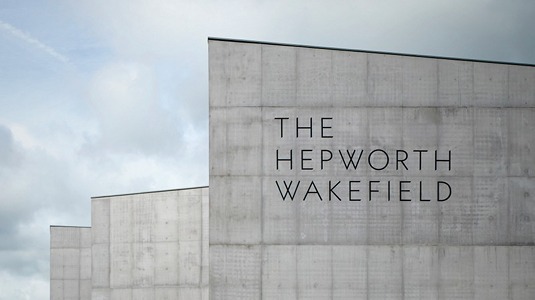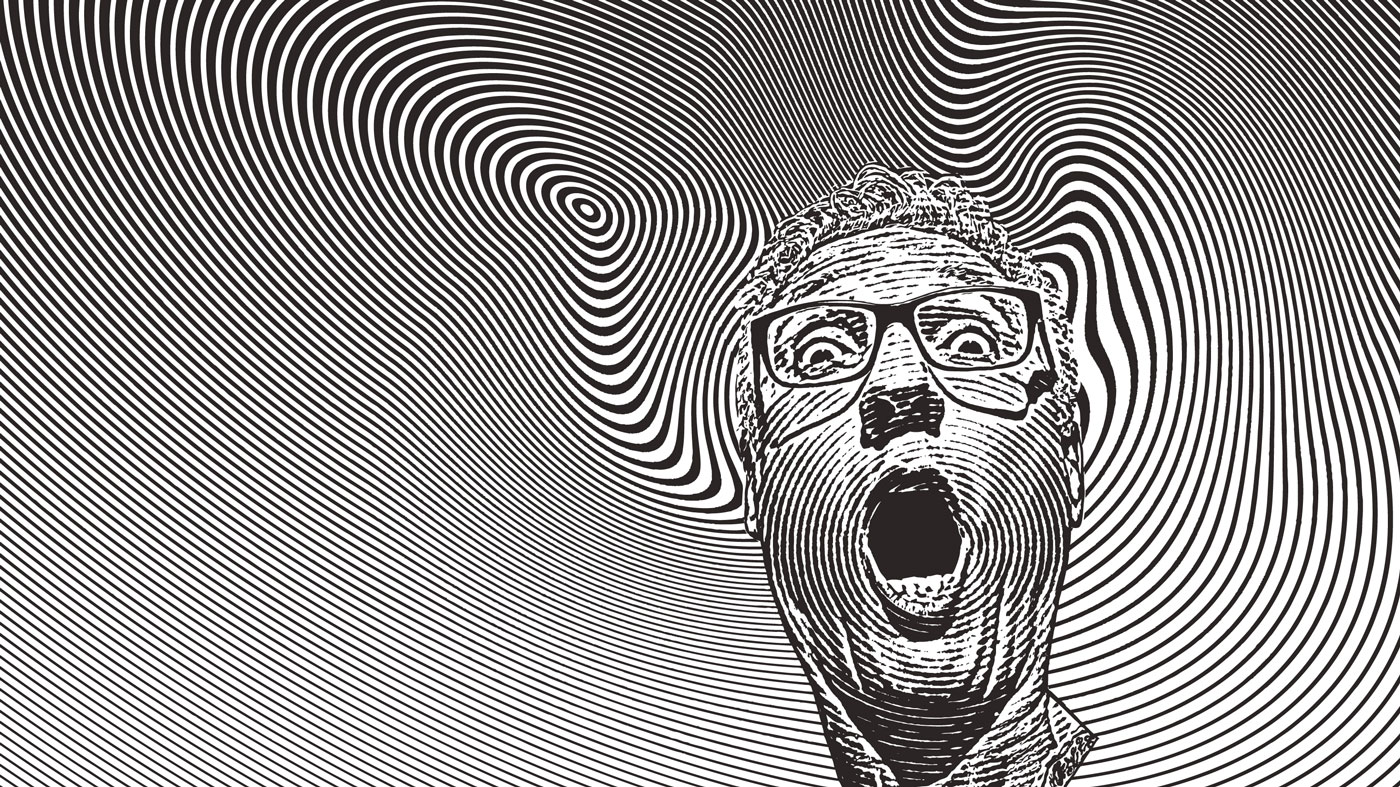How to collaborate on complex branding projects
Emma Thomas and Kirsty Carter of 'A Practice for Everyday Life' discuss how designers and agencies can work together better.
We've been causing a stir in the world of branding this week with Adrian Shaughnessy's controversial article Why designers should give branding back its soul - if you've not read it yet, we'd urge you to take a look right now.
In the meantime, we asked Emma Thomas and Kirsty Carter of design agency A Practice for Everyday Life about how complex branding projects with multiple stakeholders work in practice. Here's what they had to say...
How important is it to work in tandem with other creatives on a large-scale project?
Discussions with other creatives are great – as well as mutual respect, there has to be a real openness and honesty from each person. Sometimes there will be heated discussions, and sometimes we're all flowing the same way; either way it's beneficial. For the Hepworth, we worked closely with Chipperfield Architects, the director of the gallery and Wakefield Council. Chipperfield had been working on the project for years when we got involved, but the build was still at ground level. We literally built the identity at the same time.

With the future in mind, we developed a new typeface that was bespoke to The Hepworth Wakefield, using the angles of the roofs of the new buildings, which themselves were inspired by the typical wharf buildings at the edge of the weir. We wanted a typeface that could be both unique to them, and continuous across all materials – even those that we wouldn't be designing ourselves. Our ambition was to develop an identity that could work with many artists' works, and feel appropriate for both historical and contemporary shows.
Are there any unique design challenges involved when working with cultural institutions?
It's important for the identity to strike a fine balance between being strong and distinctive in its own right, and working harmoniously alongside the creations of artists and exhibitors. It's also important that the system is adaptable and has scope for interpretation by in-house designers and teams, and that the guidelines off er the right mix of rigidity and guidance alongside space to experiment and move with the institution and its aims.
What's your take on the distinction between branding and identity design?
The word 'branding' can be scary, and clients oft en find the idea of rebranding daunting, even if that's what they are asking for. I think 'developing their visual identity' is a better way to describe the process. Through conversation and research we try and get to the heart of what they're about, and who their customers or visitors are.
Words: Adrian Shaughnessy
Daily design news, reviews, how-tos and more, as picked by the editors.
Liked this? Read these!
- Why designers should give branding back its soul
- The ultimate guide to logo design
- Create a perfect mood board with these pro tips
What's your experience of branding projects? Hit the comments!

The Creative Bloq team is made up of a group of art and design enthusiasts, and has changed and evolved since Creative Bloq began back in 2012. The current website team consists of eight full-time members of staff: Editor Georgia Coggan, Deputy Editor Rosie Hilder, Ecommerce Editor Beren Neale, Senior News Editor Daniel Piper, Editor, Digital Art and 3D Ian Dean, Tech Reviews Editor Erlingur Einarsson, Ecommerce Writer Beth Nicholls and Staff Writer Natalie Fear, as well as a roster of freelancers from around the world. The ImagineFX magazine team also pitch in, ensuring that content from leading digital art publication ImagineFX is represented on Creative Bloq.
